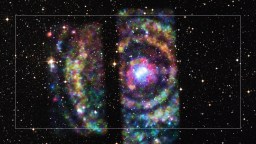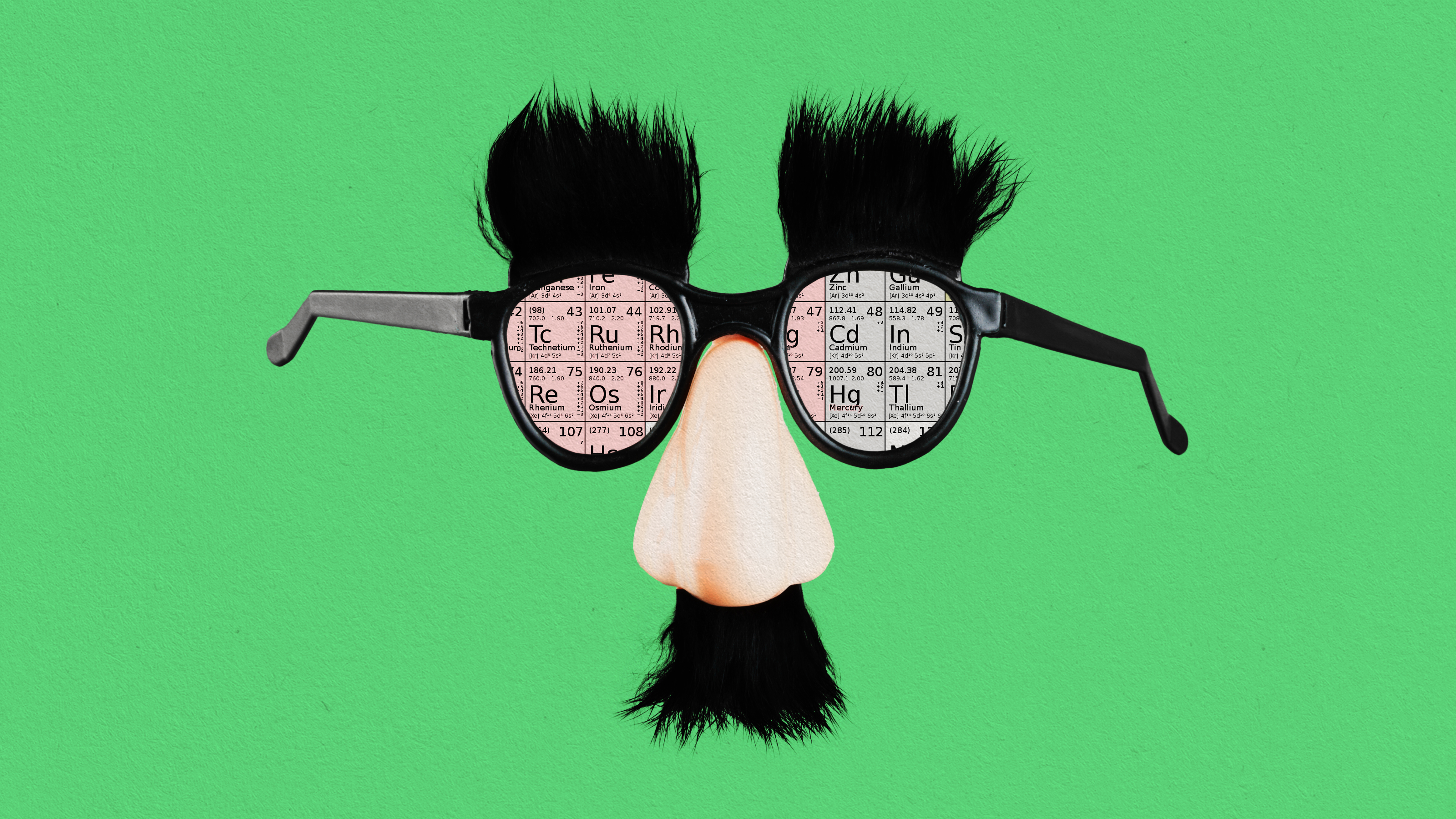KONSTANTIN BATYGIN: The whole story dates back to about 2014-2015 when we started, me and my close collaborator Mike Brown, started looking into this problem. We were inspired by the work of some other researchers, Chad Trujillo and Scott Sheppard, who pointed out that something weird was happening in the distant solar system. That there was this weird clustering of a particular orbital parameter of asteroids beyond Neptune called The Argument of Perihelion. We thought what's going on there. We started looking more closely into what's going on and pretty quickly we realized that the field of debris, the field of icy debris beyond Neptune which is called the Kuiper belt in its most distant realms exhibits a remarkable clustering of orbits. It's as if somebody took these orbits and carefully arranged them all to all lie in the same plane that's about 20 degrees off the usual plane of the solar system and they're all kind of pointing I the same direction. So we thought why is that? That's a strange, strange pattern.
And through dynamical analysis basically by going to both the computer and writing down equations on the board we were able to demonstrate I think in a relatively straightforward manner that the only plausible explanation for why the distant solar system looks arranged is that there is a distant gravitational source, a distant gravitational pull which is keeping these orbits confined. And as far as we can see the only plausible source of such a gravitational pull is an extra planet. So that's kind of the beginnings of the Planet Nine hypothesis. Since that time we published our first paper back in 2016, so now four years ago. Since that time we've made additional progress and we've realized a number of interesting things that fit into this Planet Nine story that we didn't originally expect. For example, one of the things that theoretically should happen if Planet Nine is there is the distant orbits of the solar system, things that lie well beyond the orbit of Neptune should flip on their sides and then kind of pollute the inner solar system. By inner solar system I mean things interior to Neptune with objects that are highly, highly inclined. And it turns out such objects really are there.
And so there have been other kind of intriguing pieces of the puzzle that have sort of fallen all together since the publication of the original paper. And the latest on this story is that we've redone the analysis last year entirely with an updated data set that's become available since 2016. And we realized that the planet that we are searching for is a little bit smaller than we originally thought and a little bit closer. So we originally thought that Planet Nine is a ten Earth mass object on an orbital period that lasts about 20,000 years. We now realize that it's probably closer to a five Earth mass object on an orbital period of 10,000 years. So we, of course, have not yet found Planet Nine directly. The observations have been remarkably challenging over the last three-four years. But I'm quite confident that over the next decade we'll go back to a nine planet solar system.
Forbes named professor Konstantin Batygin the “next physics rock star” in its 2015 list of “30 Under 30: Young Scientists Who Are Changing the World.” He received his bachelor’s degree[…]
The planet that we are searching for is a little bit smaller and closer than we originally thought.
▸
4 min
—
with
Related
NASA’s Michelle Thaller explains what happens when the densest stars in the galaxy collide.
▸
5 min
—
with
At the turn of the millennium, a physicist fooled the global scientific community with the greatest discovery that never existed.
From forgotten Hollywood movies to Frank Herbert’s “Dune,” science fiction illustrates some of our deepest fears about technology.
We are ~99% genetically identical to chimpanzees. But there are three key traits that separate us.
▸
6 min
—
with
Frank Wilczek is celebrated for his investigations into the fundamental laws of nature that have transformed our understanding of the forces that govern our Universe. In this video, the MIT […]
▸
7 min
—
with





